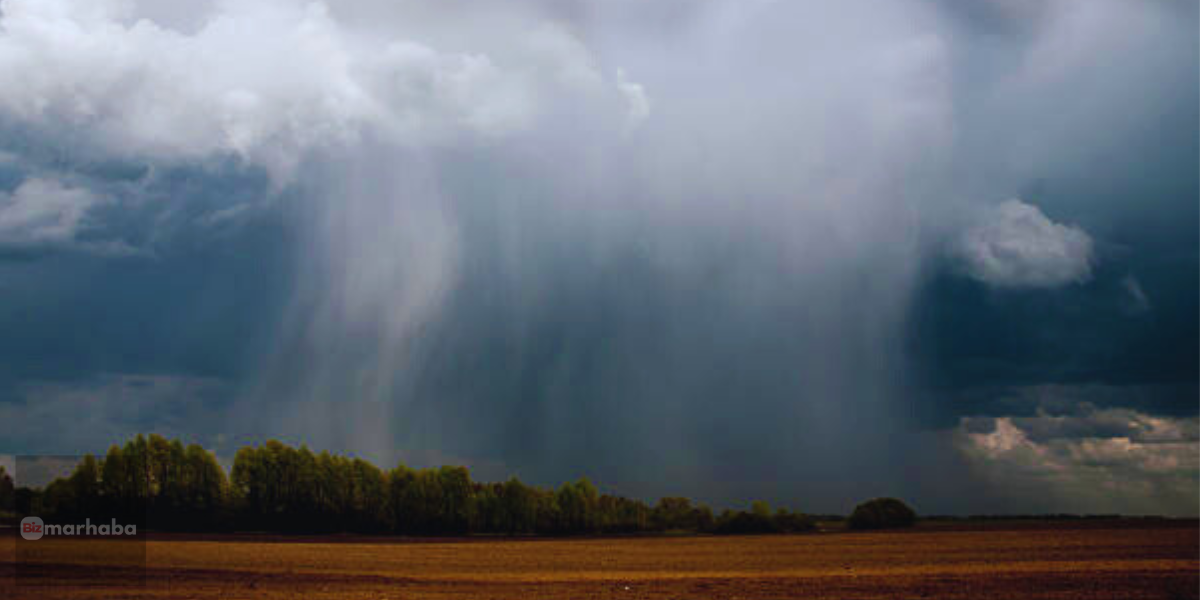What is the cloud seeding process in UAE?
Scientists in the UAE employ cloud seeding techniques to stimulate precipitation in the region’s arid weather conditions. The program focuses on clouds forming over mountains and deserts. Specially equipped aircraft and drones carry out the missions. The goal is to boost rainfall by 10–25 percent, helping the country manage the needs of water.

How it works
Pilots fly into or near suitable clouds identified by weather radar. They release tiny particles or electrical charges into the clouds. These particles help water droplets form and grow. As the droplets collide, they become heavy enough to fall as rain. AI technology now helps teams choose the best clouds for seeding.
What does cloud seeding look like

From the ground, you might notice darker clouds building quickly, followed by unexpected rain. Sometimes you can spot small aircraft with flares attached to their wings, leaving faint trails. For those curious, searching cloud seeding images will show pictures of the planes, flare canisters, and the dramatic skies during operations.
Cloud seeding chemical and materials
The UAE mainly uses hygroscopic salts, similar to natural sea salts, because they’re considered safer for the environment. Researchers are also testing nanomaterials and electric charge techniques. While silver iodide has been used in some countries, the UAE’s program focuses more on salt-based agents.
Pros of cloud seeding
Cloud seeding can help fill up reservoirs, help farming, and ease the pressure on groundwater. In a country with limited natural rainfall, these benefits are significant. It’s also an area of active research, meaning the methods are improving over time.
Cons of cloud seeding
There are some concerns. Heavy rain that comes in short bursts can make cities more likely to flood. Introducing particles into the atmosphere may have effects that scientists are still studying. Some environmental groups call for more long-term research before large-scale expansion.
Is cloud seeding harmful?
The answer is not straightforward. As is the case for most experts, the answer is yes, but only when great care is exercised, especially with regard to the use of natural salt particles. There are, however, some studies that claim silver iodide and maybe some other chemicals might be used, would have some impact on the quality of the air when used excessively. The UAE’s program is very vigilant when it comes to watching possible damages to the environment.
Regional context: cloud seeding Saudi Arabia
Saudi Arabia has also been experimenting with cloud seeding, particularly in regions facing water shortages. The two countries sometimes share findings, helping improve techniques across the Gulf.
Cost and scale: how much does it cost for cloud seeding
This technology is not cheap. A single flight can cost around Dh29,000 per hour. In 2025 alone, the UAE carried out more than 170 missions, supported by radar stations, research labs, and AI tools.
Final note
Cloud seeding in the UAE combines the elements of science, engineering, and a modern approach. It purportedly boosts rainfall, but the expenses, safety considerations, and environmental impacts of the procedure are still under scrutiny. The initiative is evolving, and it is providing essential rainfall to one of the most arid regions on the planet.








